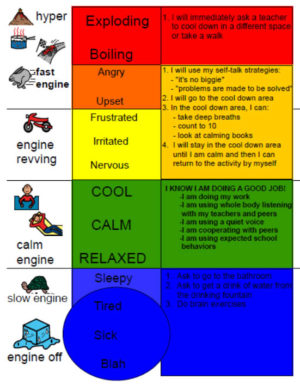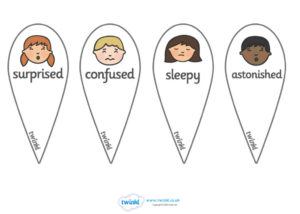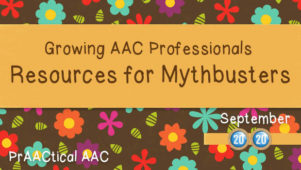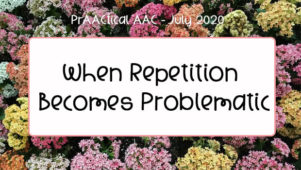Dealing with Feelings: 5 Ways to Encourage Emotion-related Expression by AAC Learners
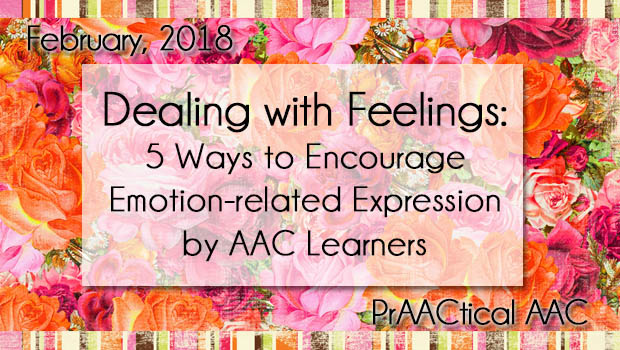
Words for emotions and feelings are pretty common in AAC devices and non-electronic communication aids, like PODD books and eye gaze boards. It’s wonderful when our clients can tell us they are sad or angry with words rather than using challenging behaviors or suffering in silence. What can we do to further their skills in this area? Here are some suggestions to get us thinking.
- Beyond the Basics: Consider going beyond the basic feeling words (i.e., happy, sad, mad, tired, scared) and including additional emotion words in the AAC system (e.g., frustrated, embarrassed, disappointed, lonely, worried). Don’t assume that this is inappropriate just because an individual has lower language levels or cognitive delays. To learn language, we have to have access to it.
- Model, model, model: Use these emotion words throughout the day to express your own feelings, and narrate your observations of how others are feeling (e.g., “Joey’s crying so hard. I don’t know if he is MAD or SCARED” “Your mom’s here early. You look pretty HAPPY about that.”).
-
Beyond labeling: Telling us how they feel is a great start for many of our AAC learners, but the act of labeling their emotions is only the first step. Generally, we tell someone how we feel in order to get a particular response or open up a wider dialogue. Our AAC learners need additional vocabulary to keep these important conversations going. We have to give them the words, phrases, sentences, and questions that will help them tell us what elicited that feeling, what they need from us, etc. “Something happened to me.” “I need a hug.” “Can you give me some space?” “Explain it to me.” “Tell me again.” We have to think deeply about what they want or need to say AFTER telling us how they feel.
- Teach the skill: Having the vocabulary and messages is essential, but we can’t assume that just providing access will solve the problem. AAC learners need our help in developing the language skills to say these things, so consider creating specific objectives and activities for explicitly teaching and practicing these skills.
- Use visual supports: There are a wide range of visual supports that can help our AAC learners become more sophisticated in expressing their emotions and having conversations about them. The Incredible 5-point Scale and Emotion Wheels are some of my favorites.
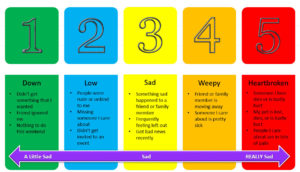
Do you have tried-and-true ways of helping AAC learners become more proficient at talking about how they feel? We’d love to hear about it.
Filed under: Featured Posts, PrAACtical Thinking
Tagged With: emotions, feelings, visual supports
This post was written by Carole Zangari

